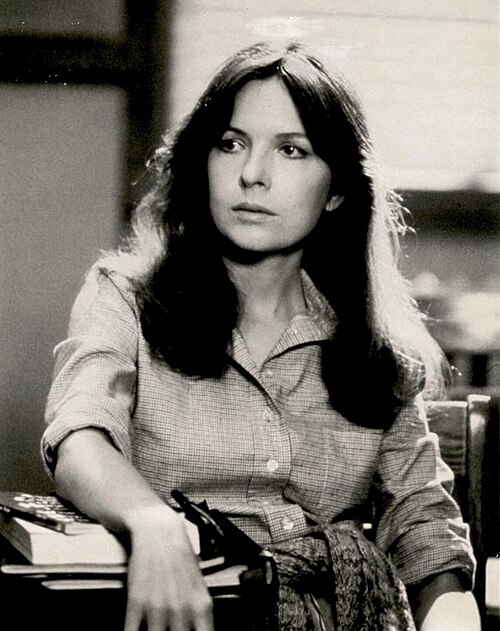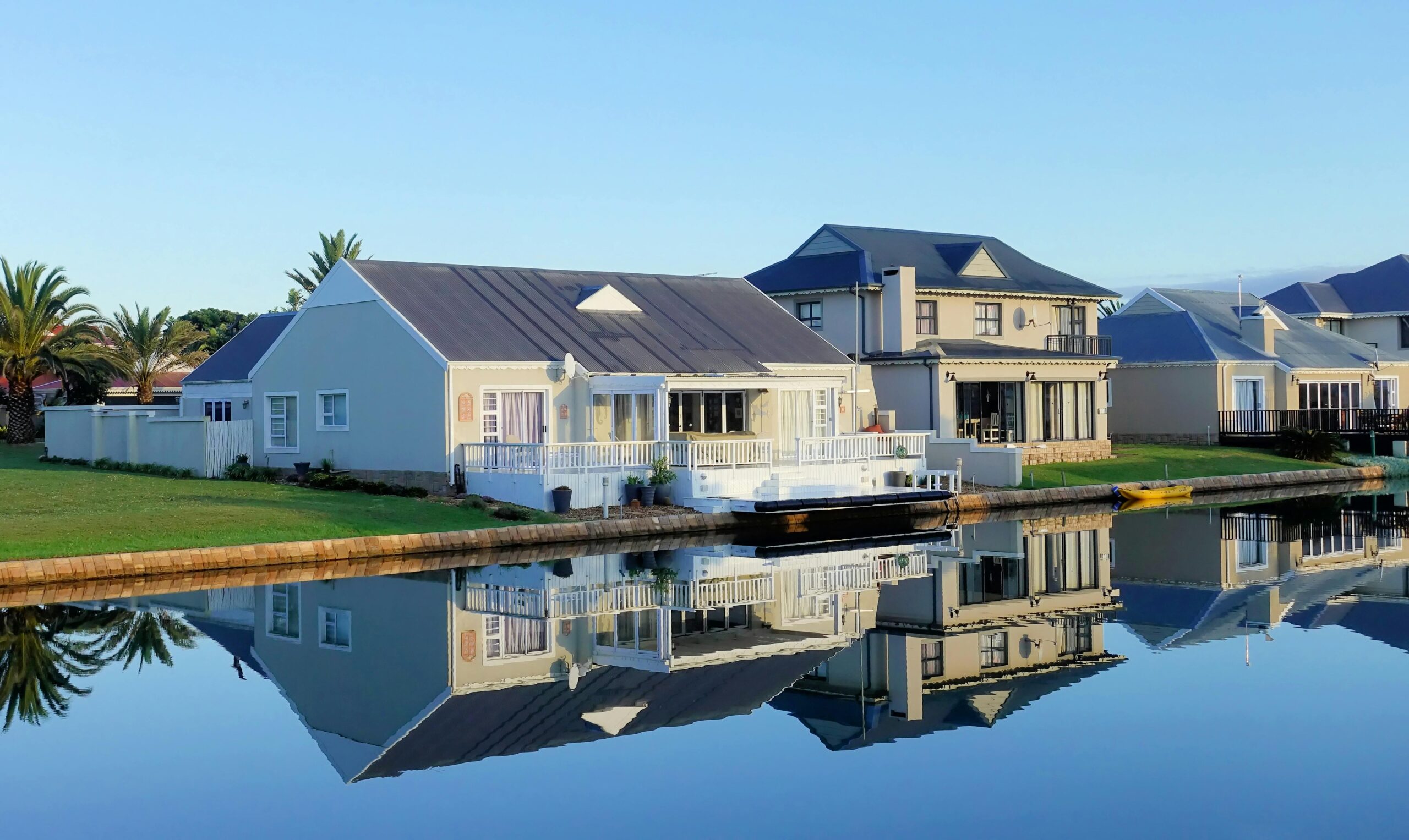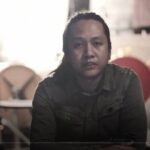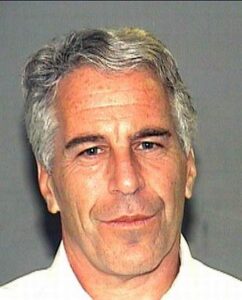
Diane Keaton, who passed away on October 11, 2025, at age 79, will be remembered for her Oscar-winning performances in films like “Annie Hall” and “The Godfather.” But behind the scenes of her legendary acting career, Keaton led a second, equally impressive life as one of Los Angeles’s most prolific real estate flippers. Over four decades, she quietly bought, restored, and sold dozens of architecturally significant homes, often making millions in profit while transforming neglected properties into design masterpieces that graced the pages of Architectural Digest.
From Childhood Dreams to Multi-Million Dollar Deals
Keaton’s obsession with houses began in her childhood. As the daughter of a real estate agent, she remembered holding her father’s hand while touring model homes in Santa Ana, California, in the 1950s. Those early experiences planted seeds that would eventually blossom into what she herself called an “obsession.”
“I was dream-house bound, dream-house inspired and dream-house obsessed,” Keaton wrote in her 2014 memoir. By her own account, she rented, bought, renovated, or designed close to 50 homes throughout her lifetime, a parallel legacy etched in wood, plaster, and stone that rivaled her cinematic achievements.
Her own daughter counted 15 different addresses by the time she turned 18, a testament to Keaton’s restlessness and perpetual search for the next project. “I always had an interest in homes and the concept of home, but the problem is I never really land and stay,” she told Wine Spectator. “Something’s wrong… But something’s right, because I love it.”
A Career Built on Architectural Passion
Keaton’s side career as a real estate flipper began in earnest in the mid-1990s when she purchased a 1920s Spanish Colonial Revival home in Beverly Hills. The roughly 7,000-square-foot estate had all the right architectural bones, red-tile roof, arched windows, ornate ironwork, but needed serious renovation. Keaton restored it to perfection, paying meticulous attention to architectural detail while modernizing the interiors.
When she sold the house in 2000, the buyer was none other than Madonna, who paid a reported $6.5 million. The sale made headlines and introduced the world to Keaton’s extraordinary eye for design. More importantly, it revealed that acting wasn’t her only source of income, she could spot undervalued architectural treasures and transform them into works of art.
Real estate agents who worked with Keaton described a “Diane Keaton effect,” estimating that her touch could raise a property’s value by as much as 30%. Her reputation for authentic restoration and impeccable taste made her name synonymous with quality in Los Angeles real estate circles.
Landmark Restoration Projects
In 1988, Keaton purchased the historic Samuel-Novarro House in Los Feliz, built in 1928 by Lloyd Wright, son of legendary architect Frank Lloyd Wright. The house exemplified Mayan Revival style, with decorative concrete blocks, dramatic geometry, and an indoor-outdoor aesthetic. By the time Keaton acquired it, the landmark residence had deteriorated significantly.
She undertook a meticulous restoration, carefully preserving the original architectural elements while updating the infrastructure. Five years later, she sold the property, having saved a piece of architectural history while turning a substantial profit.
In 2002, Keaton bought a sprawling Spanish-style mansion in Bel Air, originally designed by architects Wallace Neff and John Byers. After collaborating with designer Stephen Shadley on its restoration, she sold the home for $16.5 million, highlighting her knack for enhancing property value through thoughtful renovation.
“My feeling is that you find an authentic house and, authentically, try to restore it,” Keaton said during a 1999 tour of one of her homes. “I wanted a Spanish Colonial because I’m in love with California and our history. My fantasy would be to continue to buy homes that are representative of the architecture of California and restore them.”
The Laguna Beach Masterpiece
Keaton’s design sensibilities extended to the coast when she bought a Spanish Mediterranean oceanfront house known as Shaw’s Cove in Laguna Beach in 2004 for $7.5 million. Over two years, she lovingly restored the home while preserving its original decorative Spanish tile, ironwork, wood beams, carved doors, stucco, and terraces. She eventually sold the property for $12.75 million, demonstrating her ability to significantly enhance value through authentic restoration.
In Laguna Beach, she bought, rehabbed, and sold at least two vintage 1920s beach houses. A rehabbed Cape Cod she purchased in 2012 was sold a few years later at a profit of nearly $1.4 million. In her own telling, in some years, she made more from real estate than she did from Hollywood.
The Beverly Hills Spanish Colonial Saga
Keaton’s on-again, off-again relationship with a particular Beverly Hills Spanish Colonial Revival became the stuff of real estate legend. She was reportedly smitten with the 1927 abode years before purchasing it but got cold feet when she realized how much work it needed. However, when the property went back on the market in 2007, she couldn’t resist. She spent $8.1 million on the space, added 500 square feet, reimagined the exterior, and sold it to television producer Ryan Murphy in 2010 for $10 million.
The House That Pinterest Built
Keaton’s most ambitious project, and one of the houses she lived in the longest, began as a 38,000-square-foot lot in Sullivan Canyon on the outskirts of Brentwood. After buying the property for $4.7 million in 2011, she hired designer Cynthia Carlson and embarked on a three-year renovation that completely reimagined the 1920s dwelling.
Built largely of reclaimed brick, steel, and industrial windows, the home blended an industrial sensibility with a warm, tactile aesthetic. Clocking in at about 8,000 square feet, the property featured a mixture of concrete, brick, and wood details, as well as a spacious pantry and kitchen with Sub-Zero appliances, like Keaton’s quirky take on a modern farmhouse.
“I started to really love the brick and the textures of it… how they weren’t perfect,” she explained. True to her design philosophy, Keaton didn’t use curtains, preferring unadorned lighting, commercial windows, and a neutral palette that gave the home an industrial feel while maintaining warmth.
She documented this transformation in her book “The House That Pinterest Built,” inspired by a childhood memory of “The Three Little Pigs” and guided by her longtime friend and filmmaker Nancy Meyers. The book became a bestseller with 4.3 stars from over 400 reviews on Amazon.
Keaton proudly owned this home for 14 years, calling it her “dream” home and “forever” home on multiple occasions. In March 2025, she listed it for $28.9 million, later reducing the price to $27.5 million. Just two weeks before her unexpected death, the property was quietly delisted, adding a poignant final chapter to her real estate legacy.
A Design Philosophy All Her Own
What set Keaton apart from other celebrity house flippers was her authentic design sensibility. She didn’t just renovate for profit; she restored and curated with genuine passion. Her renovation style blended historic reverence with modern simplicity: white plaster walls, matte black accents, and an emphasis on natural light that brought soul to every space.
“I follow my impulses just like I did with acting,” Keaton said in a 2017 interview with Architectural Digest. This instinctive approach, combined with her deep respect for architectural history, earned her regular features in top design publications including Architectural Digest and Elle Decor.
Los Angeles real estate agent Bryce Pennel of Douglas Elliman noted: “Celebrities buying and reselling homes at a profit has become commonplace, often thanks to the designers they hire to curate their spaces, but Diane Keaton always stood apart. She approached each project with an authentic design sensibility that was entirely her own. She didn’t just renovate; she restored and curated. The Diane Keaton brand became synonymous with taste, quality, and integrity, and that authenticity translated directly into value.”
Frank Langen, a Compass real estate agent, agreed: “You can tell she has this authenticity. Most of us aren’t very original, and we’re always trying to figure out what’s cool and hip, and she was definitely, like, a tastemaker as an individual, in her acting style, in her clothing style, and that translated to houses and real estate.”
Chronicling the Creative Process
Over the years, Keaton chronicled her passion for architecture in several books, including “House” (2012) and “The House That Pinterest Built” (2017). Both volumes offered a window into her creative process, an obsession with craftsmanship, light, and texture, and showcased the homes she personally reimagined. These works captured her design philosophy and provided insight into her approach to home design, characterized by a blend of historical appreciation and modern simplicity.
Her work regularly appeared in Architectural Digest and Elle Decor, where designers praised her ability to give homes “soul.” It’s not an exaggeration to say that Diane Keaton made as much, if not more, money from real estate as from her film career. By repeatedly buying, restoring, and selling architecturally significant homes, she quietly amassed a fortune and left a physical legacy scattered across Los Angeles.
A Preservationist’s Heart
Beyond personal profit, Keaton served on the board of the LA Conservancy, where she worked to protect historic buildings around Los Angeles. Her commitment to preservation extended beyond her own projects; she advocated for the protection of architecturally significant structures throughout the city.
Her projects weren’t quick paint-and-profit jobs typical of house flippers. They were deeply personal restoration endeavors that combined her love of architecture, design, and history. She transformed neglected Spanish Colonials, midcentury gems, and architectural landmarks into breathtaking showcases that routinely sold for millions.
The Legacy of a Creative Visionary
When Keaton was in her 30s, the success of “Annie Hall”, the 1977 release that won her an Oscar and made her a household name, allowed her to buy a New York apartment facing Central Park with a 360-degree wraparound view of the city. “I lived in a dream house, but it wasn’t enough,” she wrote in her memoir, describing the restlessness that drove her. She returned to Los Angeles and bought a dilapidated Spanish Colonial that her agent described as a teardown. She restored it and moved in. A few years later, the restlessness returned, and she bought another, then another.
This pattern continued for decades, with Keaton buying, redesigning, and selling homes across some of Los Angeles’s most exclusive neighborhoods, Pacific Palisades, Beverly Hills, Hancock Park, Laguna Beach, Bel Air. Her portfolio eventually extended beyond California, including a 19th-century home in Tucson’s historic Barrio Viejo enclave that she purchased for $1.5 million in 2018 and updated with modern touches like an upgraded kitchen and swimming pool.

Two Legacies, One Creative Spirit
Diane Keaton’s remarkable ability to turn houses into art will be remembered as part of her enduring legacy, alongside her acclaimed film career. As Hollywood reflects on her contributions, it’s clear that both her on-screen work and her architectural achievements encapsulate her creative genius.
Her dual legacy as both a cinematic and design pioneer leaves a lasting impact on Hollywood and home design alike. She proved that creative vision and real estate investment can intersect to create something both beautiful and profitable. More than that, she demonstrated that the search for beauty, authenticity, and meaning can manifest in multiple forms, whether through a film performance or through the careful restoration of a forgotten architectural gem.
For Keaton, houses were never just investments or projects. They were canvases for creative expression, vessels for history and memory, and endless opportunities to chase the dream that began in her childhood, walking hand-in-hand with her father through model homes in 1950s California, imagining the possibilities of what a house could become.




